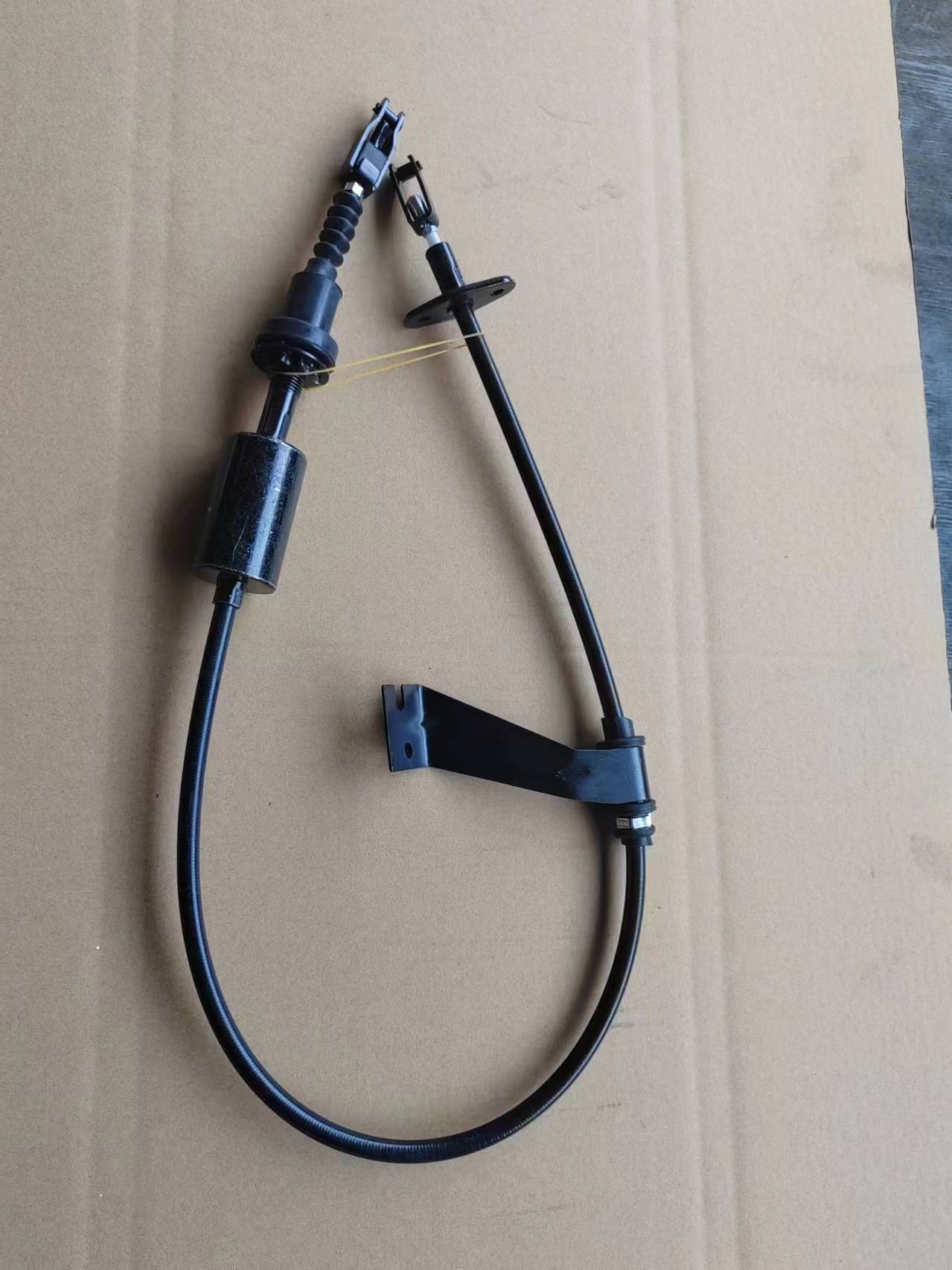gas pedal cable
The Gas Pedal Cable A Vital Component in Automotive Performance
The gas pedal cable, also known as the throttle cable, is an essential component in the operation of many vehicles, particularly those equipped with traditional internal combustion engines. This seemingly simple part plays a crucial role in translating the driver's intent into action, controlling the vehicle's acceleration and overall performance. Understanding how the gas pedal cable works is fundamental for both automotive enthusiasts and everyday drivers.
At its core, the gas pedal cable connects the accelerator pedal to the throttle body of the engine. When a driver presses down on the gas pedal, the cable pulls on the throttle mechanism, allowing more air and fuel to enter the engine's combustion chambers. This action increases the engine's power output, propelling the vehicle forward. Conversely, when the driver lifts their foot off the pedal, the cable retracts, and the throttle closes, reducing the engine's power and slowing the vehicle down.
Historically, gas pedal cables were primarily made of steel, providing durability and strength. However, advancements in technology have introduced various materials and designs aimed at improving performance and responsiveness. Modern vehicles might utilize a combination of metal and synthetic materials to reduce weight and increase flexibility, further enhancing driving dynamics.
The gas pedal cable's effectiveness can significantly influence a vehicle's drivability. A well-functioning cable provides a direct and instantaneous response to the driver's actions, leading to a seamless driving experience. However, issues can arise over time, such as fraying, stretching, or binding. These problems can result in a delayed response when pressing the gas pedal, negatively impacting acceleration and overall vehicle performance. Regular inspections and maintenance are crucial to ensure that the gas pedal cable remains in good condition, as neglecting this component can lead to more severe mechanical failures.
gas pedal cable

In recent years, electronic throttle control (ETC) systems have become increasingly popular. This technology eliminates the mechanical cable and replaces it with electronic sensors and actuators. When the driver presses the gas pedal, sensors send signals to the engine control unit (ECU), which in turn adjusts the throttle electronically. This transition to ETC has introduced several benefits, including greater precision in throttle control, improved fuel efficiency, and enhanced safety features like traction control and stability management. However, many enthusiasts still appreciate the tactile feedback and mechanical connection provided by traditional gas pedal cables, leading to a divide in preference among drivers.
The importance of the gas pedal cable extends beyond just performance; it also has implications for vehicle safety. A malfunctioning cable can lead to unintended acceleration or an inability to accelerate when needed, posing a significant risk on the road. Thus, automotive manufacturers emphasize the need for reliable and responsive accelerator systems as part of their overall safety design. Regular maintenance and timely replacement of worn cables can help ensure that the vehicle operates safely and effectively.
In the context of automotive tuning and performance upgrades, gas pedal cables can sometimes be modified or replaced with aftermarket options designed to enhance responsiveness and feedback. Performance enthusiasts often seek out cables with reduced flex and improved materials, believing they can provide a more connected driving experience. It is essential to consider the compatibility of these modifications with the vehicle's engine management system and overall setup to avoid potential performance issues.
In conclusion, while the gas pedal cable may appear to be a minor detail in the complex machinery of a vehicle, its role in acceleration and driver control is paramount. Whether in a classic car with a mechanical throttle or a modern vehicle utilizing electronic controls, the principles behind the gas pedal cable remain vital to the driving experience. Understanding its function reinforces the importance of routine maintenance and informs drivers about their vehicle's needs, ensuring a safe and enjoyable ride on the open road.
-
Workings of Clutch Pipe and Hose SystemsNewsJun.04,2025
-
The Inner Workings of Hand Brake Cable SystemsNewsJun.04,2025
-
The Secrets of Throttle and Accelerator CablesNewsJun.04,2025
-
The Hidden Lifeline of Your Transmission Gear Shift CablesNewsJun.04,2025
-
Demystifying Gear Cables and Shift LinkagesNewsJun.04,2025
-
Decoding Clutch Line Systems A Comprehensive GuideNewsJun.04,2025
